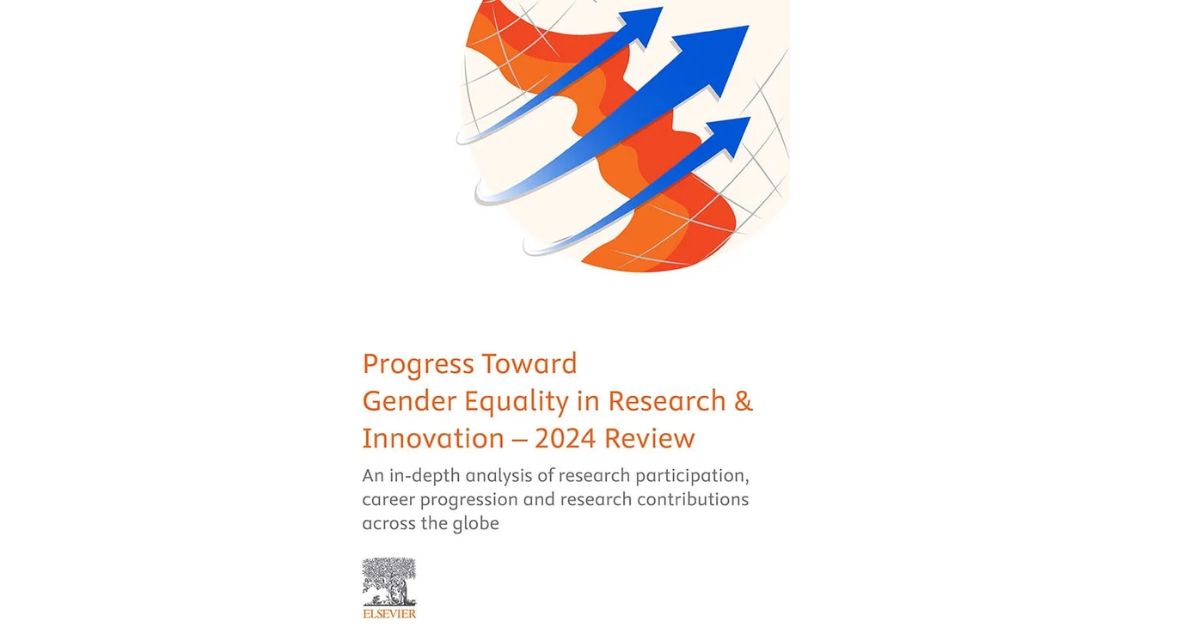Elsevier's 2024 Gender Equality Study Reveals 20 Years Of Progress, But Challenges Remain For Women in Research And Innovation
Until now, the absence of data on global building floorspace has impeded the measurement of building carbon intensity (carbon emissions per floorspace) and the identification of ways to achieve carbon neutrality for buildings. For this study, we develop a global building stock model (GLOBUS) to fill that data gap.
This Article supports SDG3 by evaluating sex and gender disparities in terms of risk factors, treatment uptake/completion, and virological outcomes for hepatitis C, finding differences between men and women in, for example, exposure to different risk factors and likelihood of commencing treatment. More attention is needed in research to these disparities and how they could be addressed
This article links to the United Nations Sustainable Development Goals (SDGs) by addressing Goal 3 (Good Health and Well-Being) and Goal 13 (Climate Action), as it highlights the significant greenhouse gas emissions associated with radiotherapy, a critical component of cancer treatment. By proposing strategies to reduce the environmental impact of oncology care through sustainable practices and treatment modifications, the study emphasizes the importance of integrating health care with climate action efforts to promote both patient well-being and environmental sustainability.
The article underscores the need to reform the health claim evaluation process for foods by adopting a holistic approach that integrates multiple nutritional and contaminant attributes. This approach should involve cumulative risk assessment and risk-benefit analysis to provide a more accurate picture of food's health impacts. Such reforms align with global sustainability goals and would help address the complexities of modern food systems, ultimately promoting better health outcomes and environmental stewardship.
In this study, the authors analyse alternative pembrolizumab administration strategies that might have environmental advantages over the current dosing and compounding paradigms (improved environmental sustainability without sacrificing clinical outcomes)
The effect of temperature on language complexity: Evidence from seven million parliamentary speeches
iScience, Volume 27, 21 June 2024
In this study, the authors find that warmer temperatures to reduce language complexity of politicians.
The primary outcome of our work is the strong evidence that flood hazards are related to the structural setting of the basin, which includes topography and geology, while the transition of flood hazards into disasters is mainly because of unplanned urbanization.
This text ties into SDG 9 (Industry, Innovation, and Infrastructure) and SDG 11 (Sustainable Cities and Communities). It discusses the potential of poured earth materials to decarbonize the construction industry, optimize material flows, and reduce resource extraction, contributing to more sustainable and resilient urban development.
This research emphasizes the importance of equitable governance and recognizing the leadership roles of Indigenous peoples and local communities in conservation efforts. The study suggests that more positive ecological outcomes are associated with governance structures that give Indigenous peoples and local communities equal partnership or primary control, aligning with the goals of the International Day of Indigenous Peoples to elevate their leadership roles and respect their rights and customary institutions in conservation initiatives.

